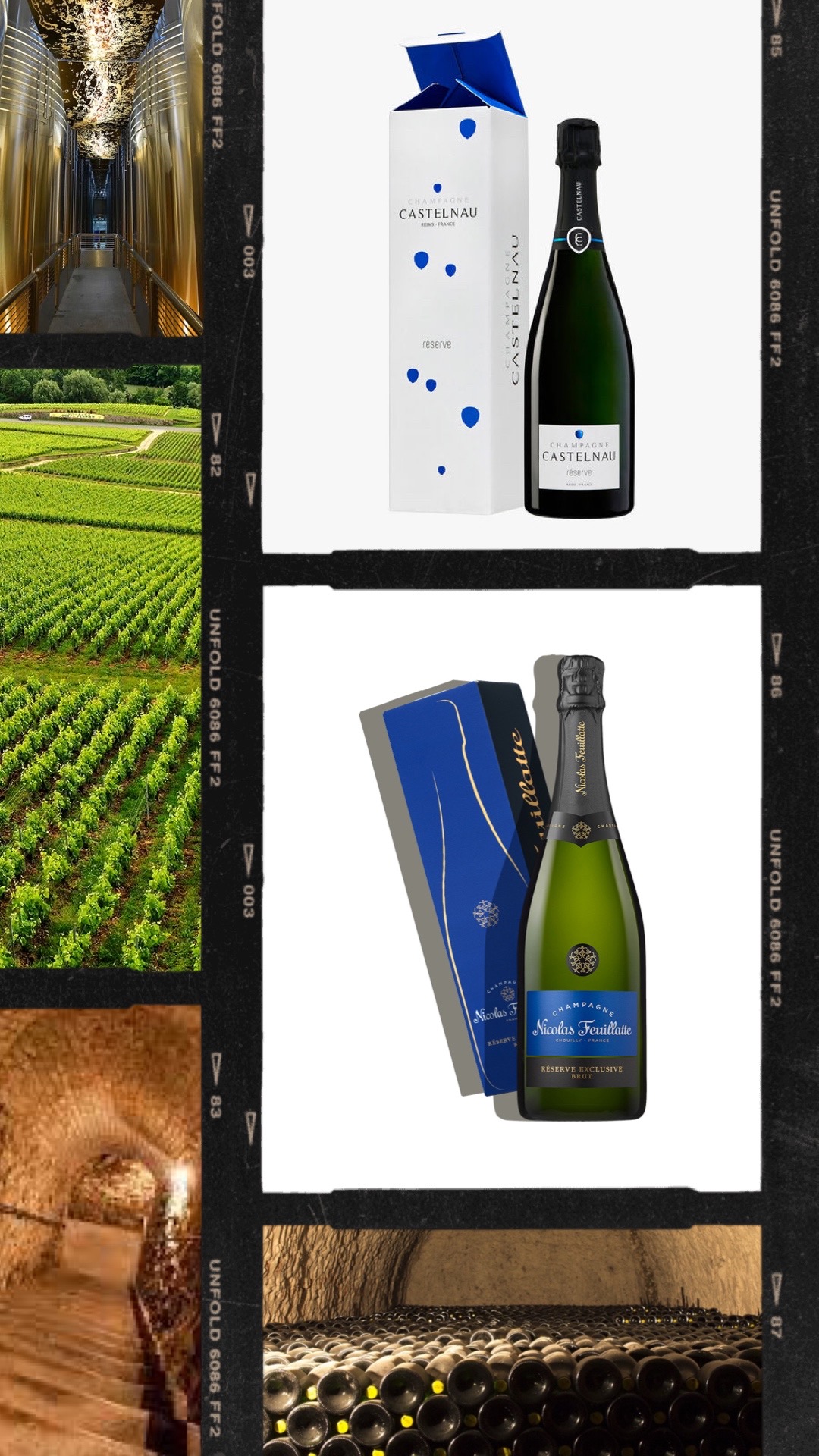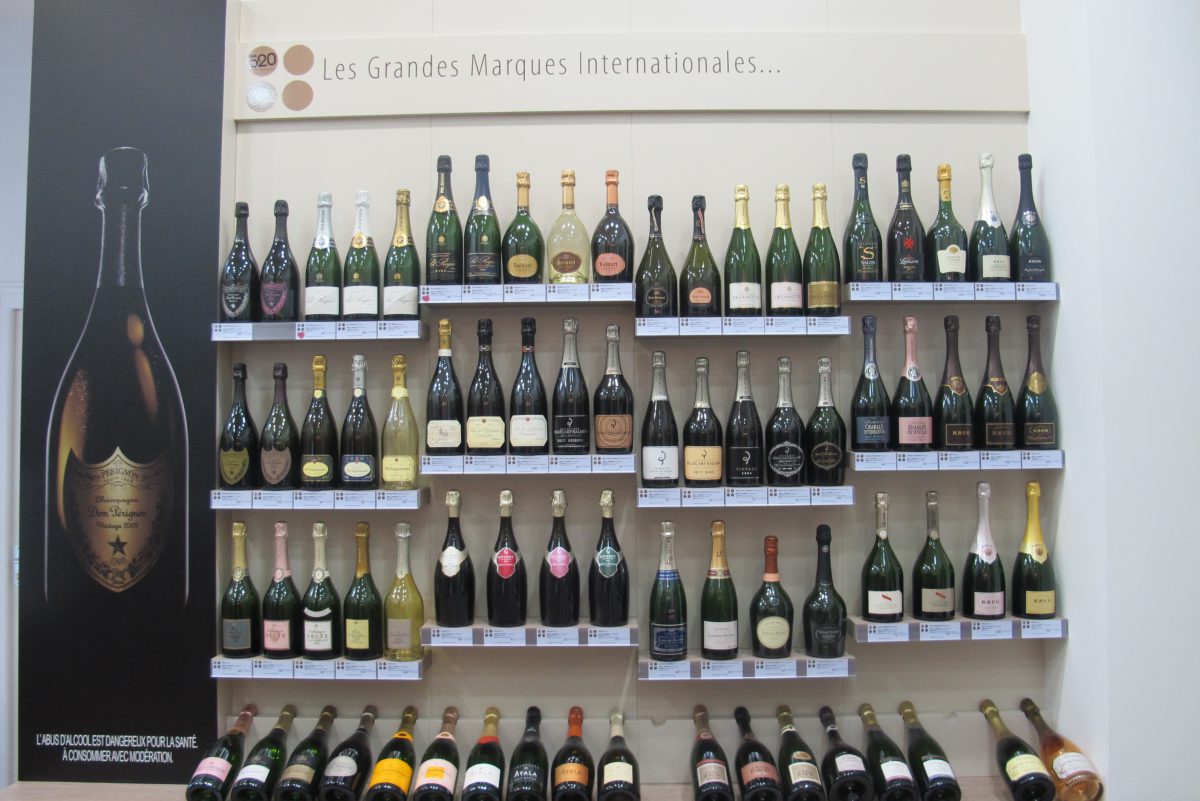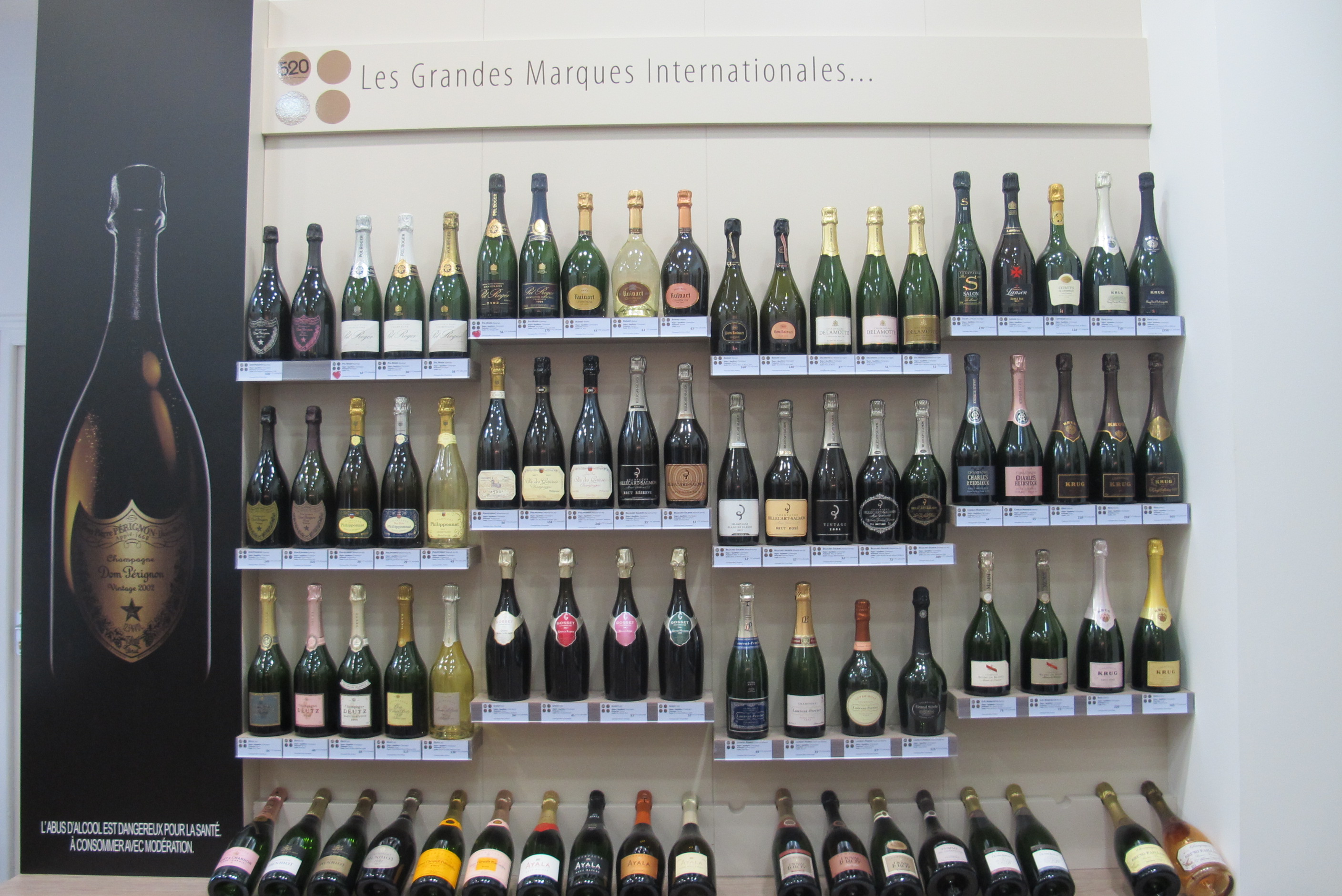This week documents were signed for the merger of Nicolas Feuillatte and Coopérative Régionale des Vins de Champagne (CRVC) with closing on December 31.
The combined entity will be known as “Terroirs et Vignerons de Champagne”, and is projecting 2022 turnover of €287 million ($322m) on volume of 20 million bottles (1.7 million cases)—including 14.3 million bottles of its own brands—and brings together approximately 6,000 wine growers and 3,000 hectares (7,400 acres) spread over the entire appellation, representing nearly 9% of the Champagne vineyard area.
Terroirs et Vignerons de Champagne’s brand stable includes Feuillatte’s namesake label, the Abelé 1757 brand Feuillatte acquired in 2019, and CRVC’s Castelnau brand, each of which will constitute a “profit center” with direct responsibility for commercial revenues, economic performance, and development, according to the company. Feuillatte president Veronique Blin and CEO Christophe Juarez will hold the same titles at Terroirs et Vignerons de Champagne.
“The creation of this new group is a reflection of the continued consolidation of more and more players in Champagne as well as the need for a restructuring of the cooperative model. It is a response to the downward spiral in vineyard sales observed since the last crisis in Champagne in 2008 where the appellation saw the loss of 40 million bottles on the French market,” Blin said in a statement. Juarez added that the newly enlarged group will strive “to meet the various segments of the market by preserving brand equity, focusing on the international market and not giving in to the pressure of commercial promotions.”
#champagne #champagnelovers #wine #winelovers #winenews #instawine #winebusiness #ChampagneCastelnau #ChampagneNicolasFeuillatte #champagneregion #vineyard #CRVC#merger #acquisition #france #madeinfrance




